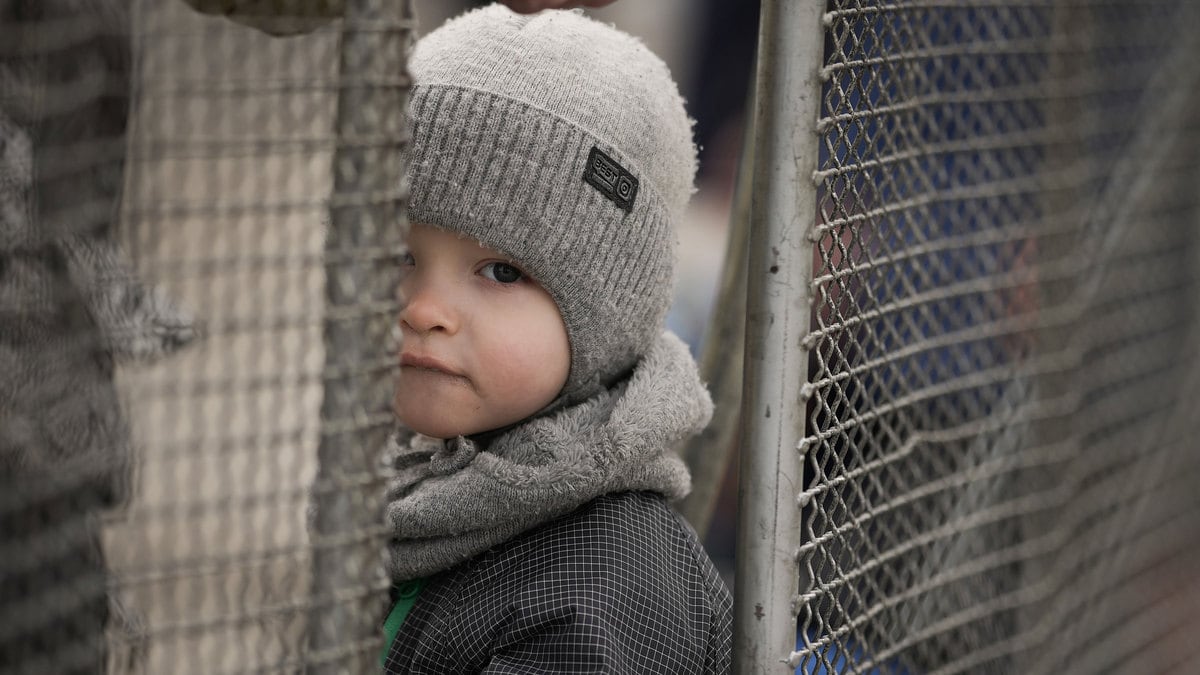Opinion
Christopher Furlong/Getty
Putin’s War on Children Is an Atrocity for the Ages. The World Must Respond.
THE WORST OF WAR CRIMES
Russia’s indiscriminate murder of civilians, including women and children, demands a global humanitarian response.
opinion

Trending Now





